- Home
- Cruising Yachts 35' to 40'
- Amel Kirk 36 Sailboat Specs
The Amel Kirk 36 Sailboat
Specs & Key Performance Indicators
The Amel Kirk 36 sailboat, a masthead sloop designed by French naval architect Henri Amel, was built by Amel Shipyard in La Rochelle, France.
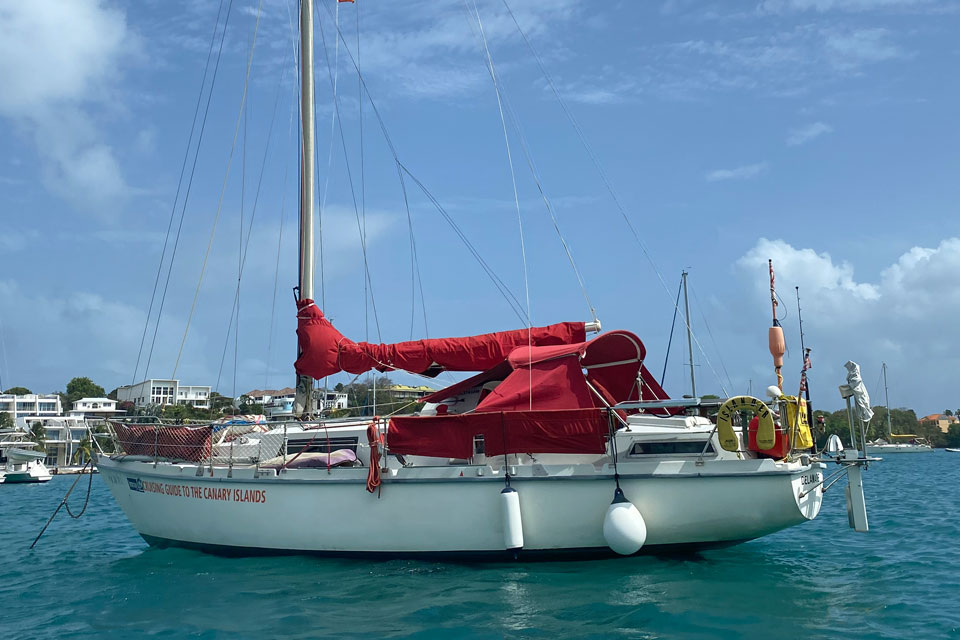 The Amel Kirk 36
The Amel Kirk 36Published Specification for the Amel Kirk 36
Keel & Rudder Configuration: L-shaped keel with a semi-spade rudder
Hull Material: Fiberglass (GRP)
Length Overall: 10.8 meters (35'2")
Waterline Length: 8.6 meters (28'2")
Beam: 3.0 meters (9'11")
Draft: 1.6 meters (5'4")
Rig Type: Masthead sloop
Displacement: 5,000 kg (11,023 lbs)
Ballast: 1,930 kg (4,255 lbs)
Water Tank Capacity: 250 liters (66 gallons)
Fuel Tank Capacity: 100 liters (26 gallons)
Hull Speed: 7.31 knots
Designer: Henri Amel
Builder: Amel
Year First Built: 1971
Year Last Built: 1980
Number Built: 276
Sail Areas & Rig Dimensions
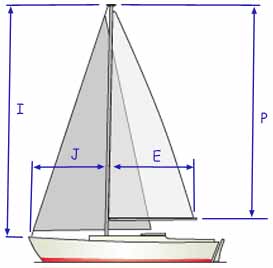
I: 12.5 meters (41'0")
J: 3.8 meters (12'5")
P: 10.5 meters (34'5")
E: 3.8 meters (12'6")
Mainsail Area: 20m2 (215ft2)
Foretriangle Area: 24m2 (256ft2)
Total Sail Area: 54m2 (578ft2)
Published Design Ratios
The Key Performance Indicators (KPIs)
The following analysis of the design ratios gives an indication of the boat's likely sailing characteristics, but see the 'Notes of Caution' below:
Sail Area/Displacement Ratio (SA/D): 18.0
This ratio falls within the range of 16 to 20, indicating that the Amel Kirk 36 has reasonably good performance. It suggests that the sailboat has a balanced power-to-weight ratio that should provide good overall sailing performance without being overly underpowered or overpowered.
Ballast/Displacement Ratio (B/D): 37.1%
With a B/D ratio of 37.1%, the Amel Kirk 36 is fairly stiff and has a good ability to stand up to the wind. This ratio, though not as high as 40%, is still indicative of a stable boat that can handle a fair amount of wind without excessive heeling.
Displacement/Length Ratio (D/L): 193
A D/L ratio of 193 places the sailboat at the top end of the Light Displacement category (100-200). This means the Amel Kirk 36 will require less sail area to achieve its hull speed and is generally more responsive to wind. This lighter displacement is beneficial for performance and maneuverability.
Comfort Ratio: 26.6
The comfort ratio of 26.6 falls in the range of 20 to 30, which indicates a somewhat lively motion. This means the boat should be comfortable for coastal cruising and has moderate stability. It might not be as comfortable in rough seas or long ocean passages compared to heavier bluewater cruisers but should be quite manageable for coastal conditions.
Capsize Screening Formula (CSF): 1.8
A CSF of 1.8 is below the critical threshold of 2.0, suggesting that the Amel Kirk 36 is suitable for ocean passages. This low capsize screening value indicates that the boat has good resistance to capsizing, making it safer for blue water sailing compared to boats with higher CSF values.
In summary, the Amel Kirk 36 is a well-balanced sailboat with good overall performance, reasonable stiffness and stability, light displacement for responsive sailing, moderate comfort suitable for coastal cruising, and good blue water capability with a low risk of capsizing.
Here's how to calculate the KPIs yourself - without having to wrestle with the mathematics...
Design Ratios: Notes of Caution...
- The Sail Area/Displacement Ratio (SA/D): This ratio provides an estimate of the sail power relative to the boat's weight, which can indicate potential speed in various wind conditions. But it doesn't account for the efficiency of the sail plan, the rigging, or the skill of the crew. Real-world performance can vary significantly based on these factors.
- The Ballast/Displacement Ratio (B/D): This ratio gives an idea of the boat's stability and stiffness, which is crucial for handling and safety. But it doesn't consider the distribution of the ballast or the hull shape, both of which can greatly affect stability. A high B/D ratio alone doesn't guarantee a stable boat if the ballast is poorly distributed.
- The Displacement/Length Ratio (D/L): This ratio helps predict the boat's speed potential and its behaviour in different sea conditions. But it doesn't account for the hull design or the boat's overall weight distribution. Two boats with the same D/L ratio can perform very differently if their hull shapes are different.
- The Comfort Ratio (CR): This ratio estimates the boat's motion comfort in a seaway, which is important for long passages. But it doesn't consider the boat's interior layout, which can also affect comfort. Additionally, personal tolerance to motion varies, so a boat that is comfortable for one person might not be for another.
- The Capsize Screening Formula (CSF): This formula assesses the likelihood of a boat capsizing in heavy seas, which is critical for offshore safety. But it doesn't take into account the boat's handling characteristics or the skill of the crew. A boat with a low CSF can still capsize if poorly handled in severe conditions.
General Limitations
- Static Nature: These ratios are static measurements and don't account for dynamic factors like wave action, wind gusts, or crew actions.
- Simplification: They simplify complex interactions into single numbers, which can be misleading. Real-world performance is influenced by a multitude of factors that these ratios can't fully capture.
- Context: The context in which the boat is used (e.g., coastal cruising vs. offshore racing) can greatly affect how these ratios should be interpreted.
In summary, while these ratios provide valuable insights into the theoretical performance characteristics of a sailboat, they should be used as part of a broader assessment that includes practical experience, sea trials, and expert advice.
Other sailboats in the Amel range include:
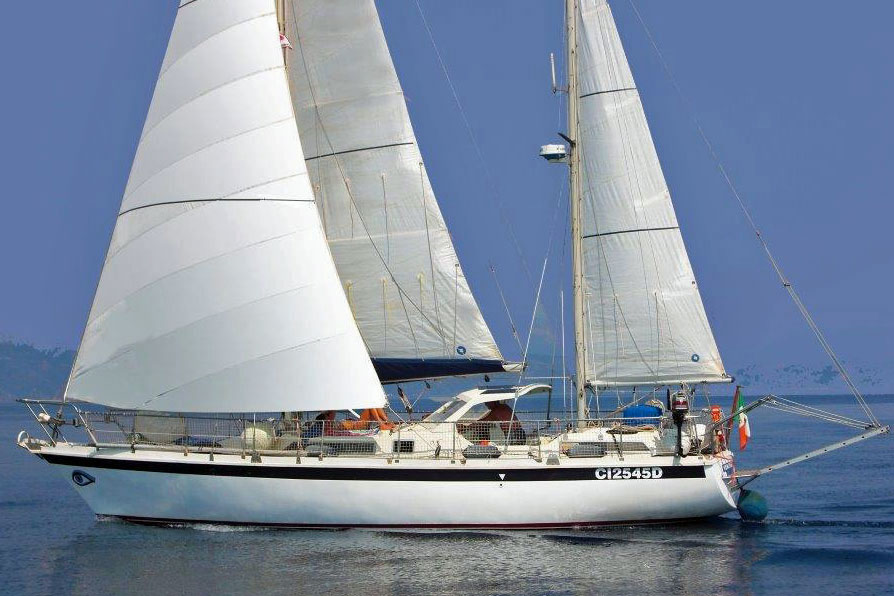 The Amel Sharki 39
The Amel Sharki 39 The Amel Santorini 46
The Amel Santorini 46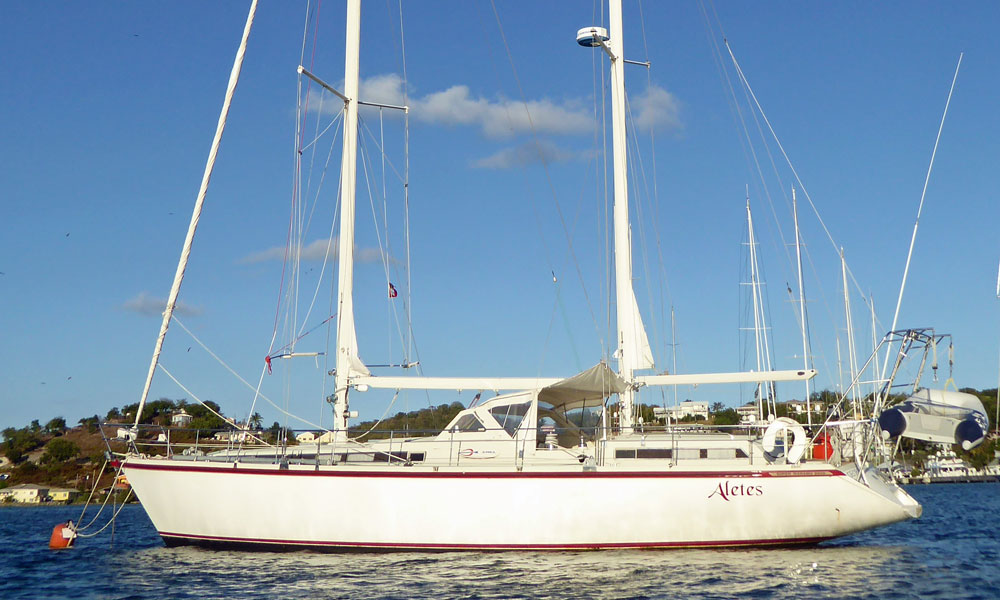 The Amel Super Maramu 2000
The Amel Super Maramu 2000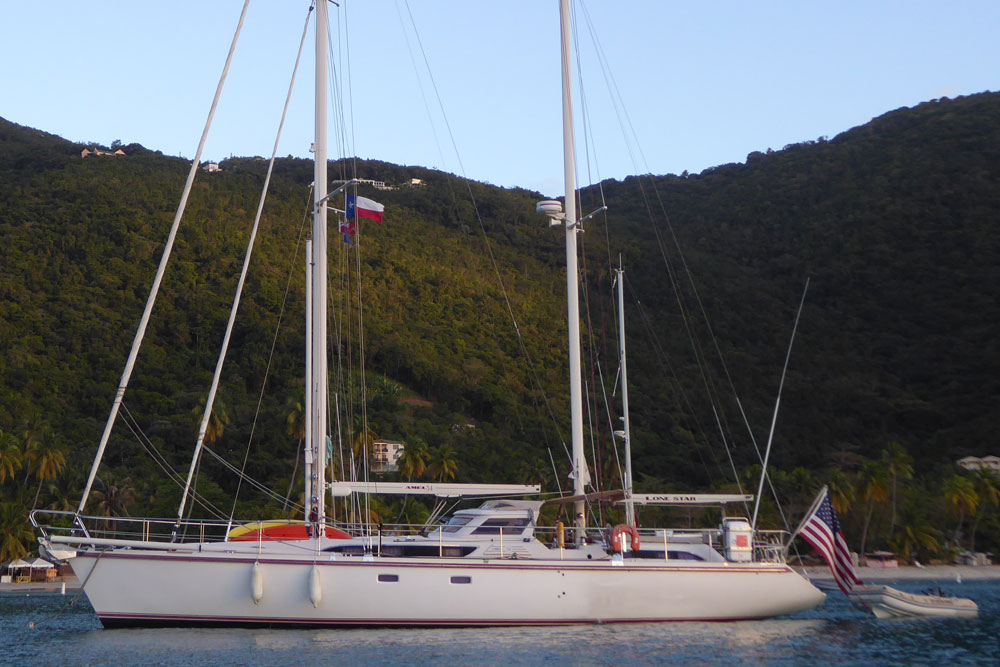 The Amel 54
The Amel 54This article was written with the assistance of Gemini, a large language model developed by Google. Gemini was used to gather information, summarize research findings, and provide suggestions for the content and structure of the article.
Recent Articles
-
Hans Christian 43: Classic Bluewater Cruiser & Liveaboard Sailboat
Dec 10, 25 04:37 AM
Explore the Hans Christian 43: a legendary heavy-displacement, long-keel sailboat. Read our in-depth review of its specs, design ratios, and suitability for offshore cruising and living aboard. -
Planning Your Sailboat Liveaboard Lifestyle: An Ocean Sailor's Guide
Dec 06, 25 05:18 AM
Seasoned sailors share their methodical risk analysis for planning a secure Sailboat Liveaboard Lifestyle, covering financial, property, and relationship risks. -
Marine Cabin Heaters: The Expert’s Guide to Comfort & Safety at Sea
Dec 05, 25 06:52 AM
Choose the best Marine Cabin Heaters for your vessel. Expert advice on diesel, paraffin, and hot water systems for year-round cruising comfort.












